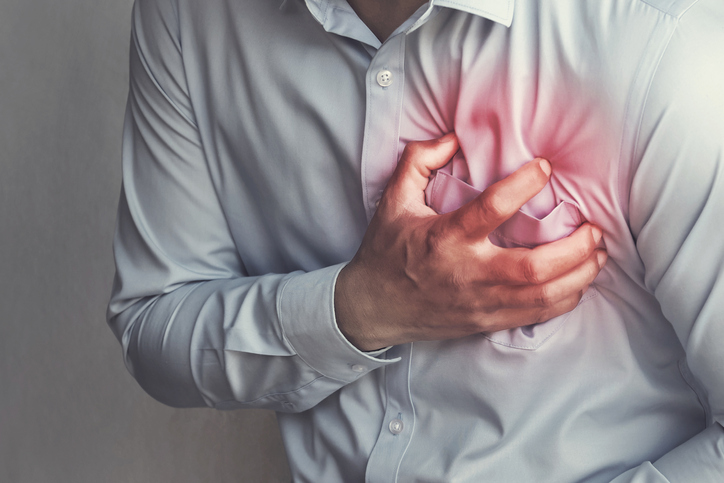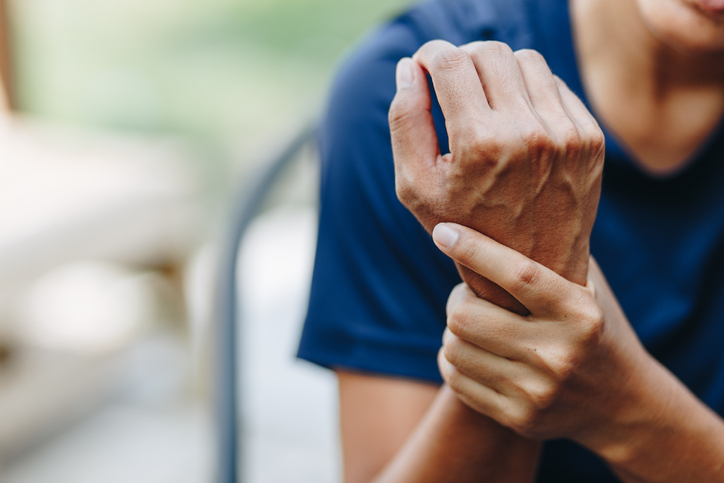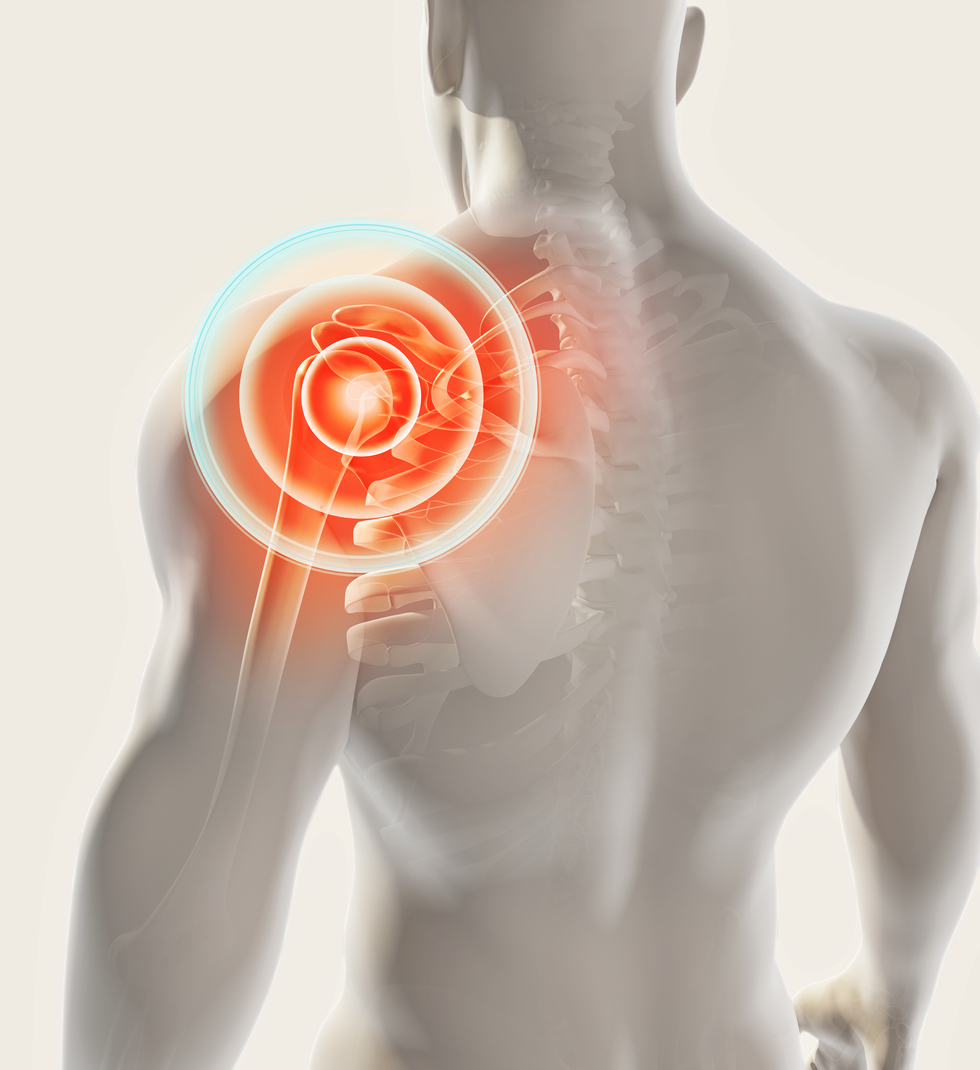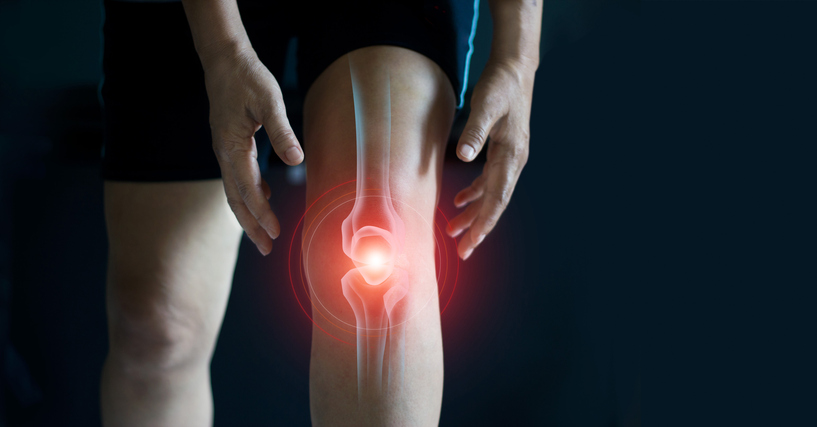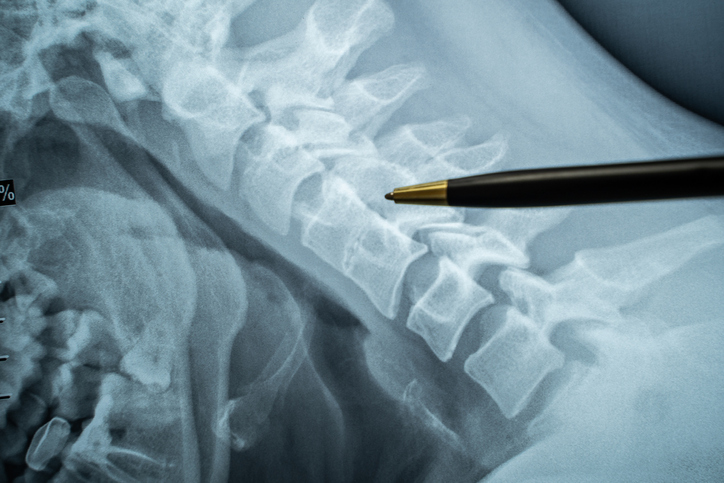Pain
Gender Differences in Chronic Pain
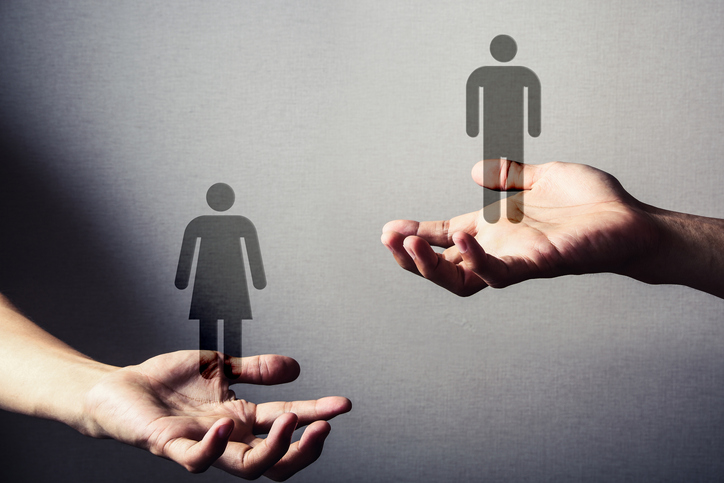
A female predominance exists in many chronic pain conditions. For instance, women are three times more likely than men to experience migraine headaches, and females comprise 90% of those diagnosed with fibromyalgia. Additionally, females tend to report higher levels of pain severity than males with the same chronic pain condition. The reasons for these gender disparities are complex, but two key contributing factors include biological mechanisms and psychosocial aspects.
Biological mechanisms
Biological mechanisms that may contribute to gender disparities in chronic pain conditions include the following:
- Research indicates that different modulations of endogenous opioid systems and sex hormones in men versus women influence pain sensitivity. Women experience fluctuating levels of estrogen and progesterone hormones. These hormones are thought to contribute to increased inflammation and lower pain thresholds. Men have higher levels of testosterone: a hormone which may help to increase pain thresholds.
- Adult female brains process pain differently than adult male brains. During low estrogen states, women experience a reduction in endogenous mu-opioid receptors in the brain, which leads to increased pain sensitivity.
- Research shows that women have more densely innervated skin.
Psychosocial aspects
Many psychosocial aspects may also contribute to gender disparities in chronic pain conditions:
- Women have higher rates of depression and anxiety than men. The reasons for this difference are complex, but mental illness can contribute to the development of chronic pain conditions and can also influence the intensity of symptoms.
- Coping strategies also differ between males and females. Typically, men cope with pain with distractions and problem-solving techniques, whereas females cope with emotion-based techniques and social support measures.
- Females are more prone to pain catastrophizing (magnification and rumination of the pain experience) than men, which can amplify pain levels.
- Cultural beliefs regarding traditional gender roles (femininity and masculinity) can lead to differences in pain response, perception and reporting. For instance, in acute pain experiments, males had higher pain tolerances when in the presence of a female examiner. Similarly, females had lower pain tolerances when the examiner was an attractive male.
Treatment disparities
Even though females report chronic pain in greater numbers than men, they tend to have pain that is less adequately controlled. This disparity may be due to the following:
- Research and studies with a male bias
Pre-clinical research has historically focused on outcomes using male mice. This can lead to gaps in knowledge on pain mechanisms and to unaccounted sex differences in response to pharmacological and non-pharmacological treatments. - Medical treatment of women vs. men
Women are more likely to have their pain dismissed as exaggerated; therefore, medical treatments for pain are sometimes delayed, and health care providers may be more hesitant to prescribe analgesics. - Lack of female pain doctors
While half of medical students are female, 82% of pain management doctors are male. Women tend to have better health outcomes when treated by female doctors and may find it easier to communicate with female physicians. Increasing diversity of doctors allows for innovative treatment approaches, unique perspectives, and improved relationships with clinicians.








